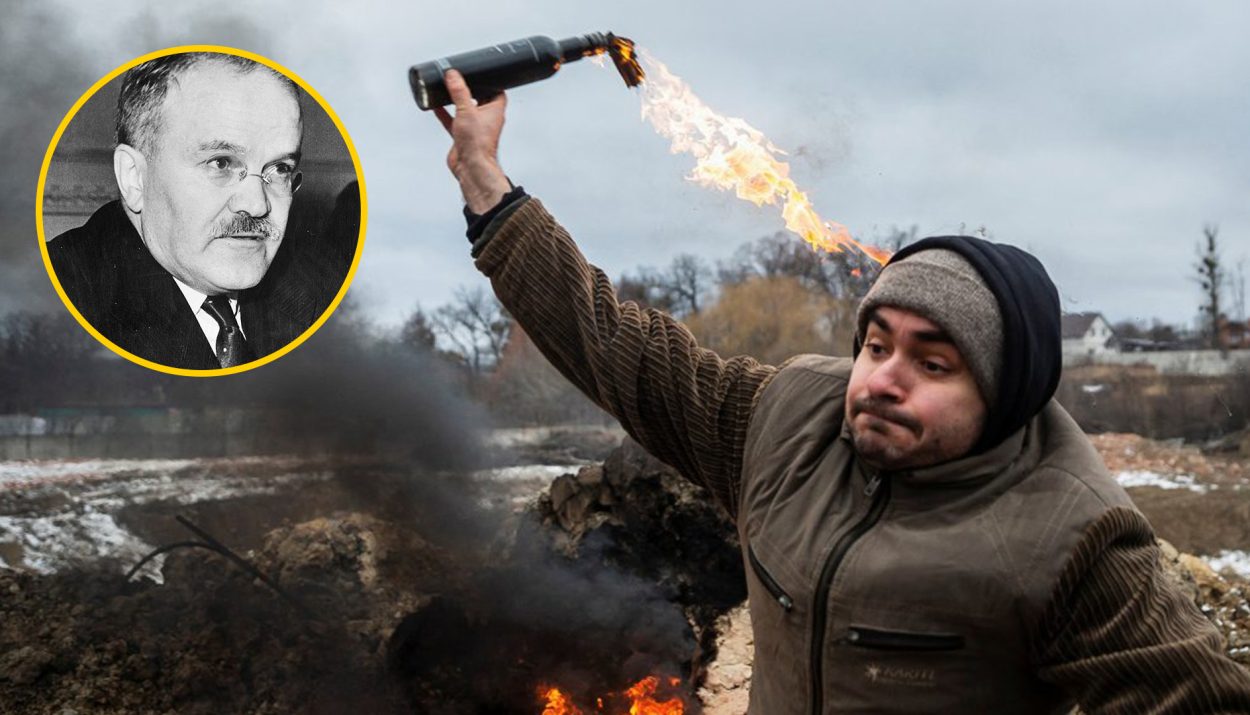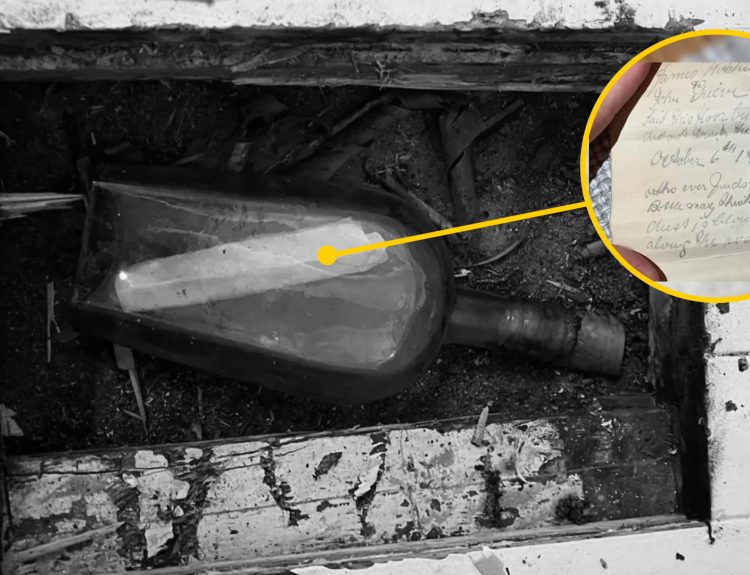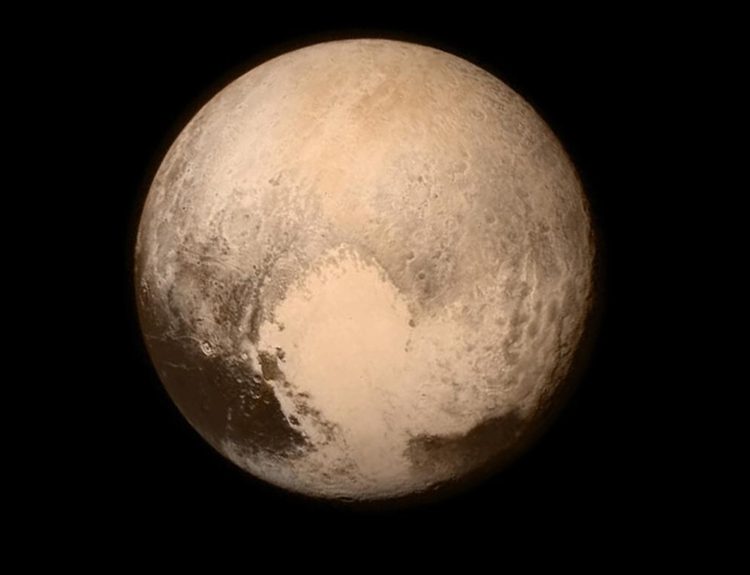News reports of war time skirmishes in the Ukraine, terrorist and guerrillas, and rioters and looters often mention Molotov cocktails, a commonly used improvised explosive device, not an intoxicating libation with a fruity umbrella. Make no mistake… the homemade bottle-grenades can be deadly, however they are not always used as a weapon.

Molotov cocktails – basically a glass bottle filled with a flammable liquid and set on fire – wreak havoc when thrown as an incendiary device. This is a makeshift bomb that makes a statement and demands attention. It is also one with a fascinating history because it is often the weapon of choice for the underdogs, resistance fighters, and the protesters.
What Are Molotov Cocktails?
Molotov cocktails are simple explosives made from everyday items. Glass bottles – beer bottles, wine bottles, or other similarly sized bottles made of breakable glass – are filled with gasoline, alcohol, diesel fuel, or another flammable liquid. The liquid is held in place with paraffin wax or by stuffing a piece of cloth into the opening.
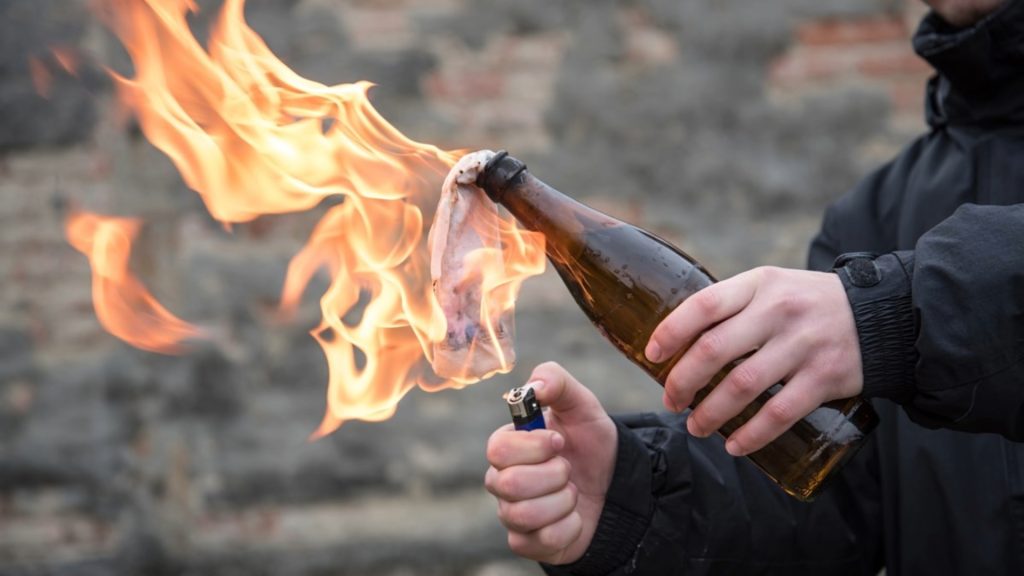
When lit, the flammable liquid ignites. Molotov cocktails are not like typical bombs in that they generally do not explode. Instead, the bottle is tossed toward its intended target. The glass shatters on impact, spraying the flammable liquid all around. Wherever the liquid goes, flames follow.
Why Are They Called Molotov Cocktails?
Former Society foreign minister Vyacheslav Molotov unwittingly lent his name to the homemade bottle bombs. Just a few months after the start of World War II, the Soviet Union invaded its neighbor, Finland. Soviet tanks rolled into the country.
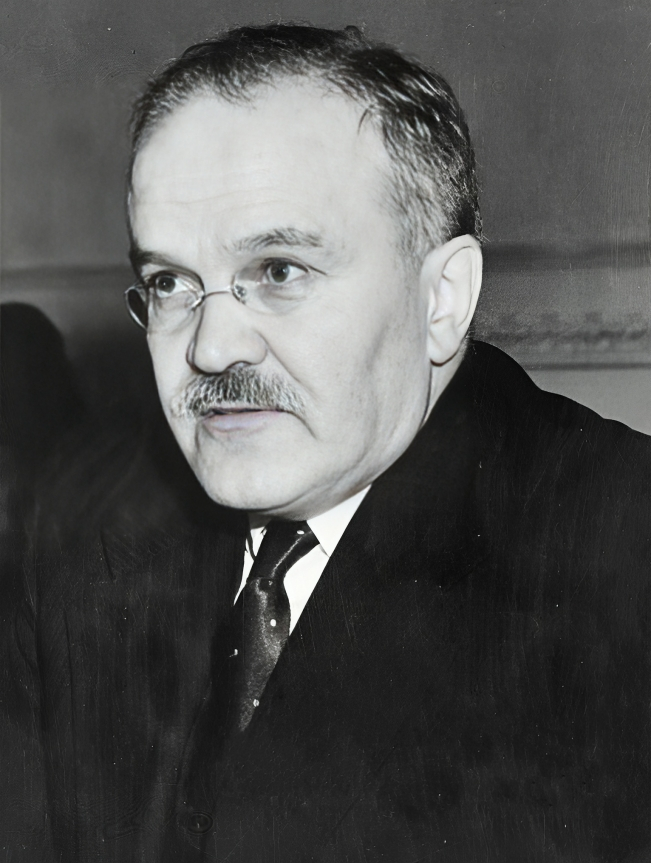
Next, Soviet aircraft engaged in incendiary bombing missions over the Scandinavian country on November 30, 1939. The conflict, which lasted for three and a half months, was called the Winter War.
A Sarcastic Name that Stuck
The League of Nations got involved, calling the invasion “illegal” and demanding that the Soviets leave Finland. But Foreign Minister Vyacheslav Molotov put a different spin on things. Molotov took to the Soviet state radio to tell his countrymen that the Soviets were not bombing Finland.
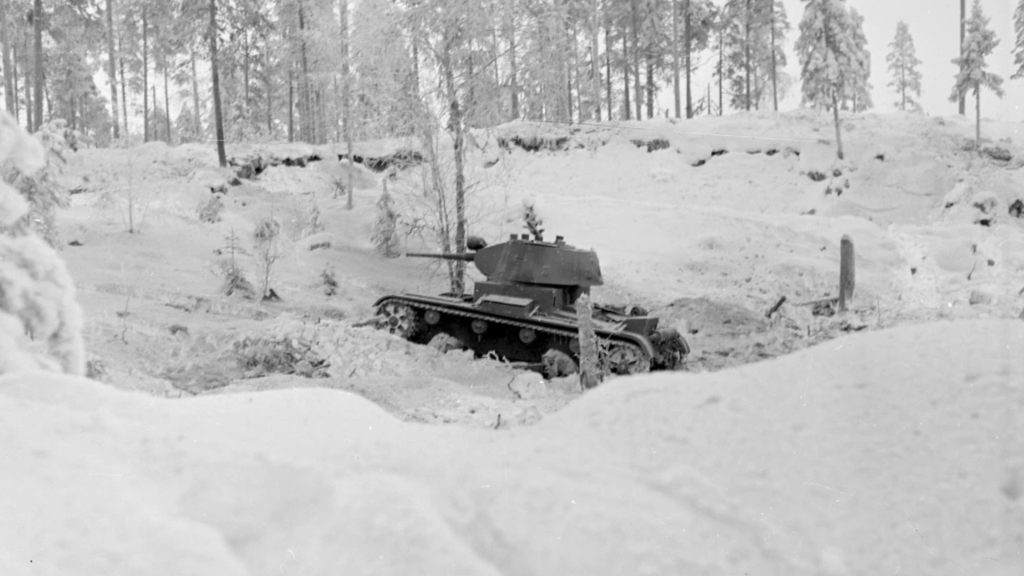
Instead, he claimed they are dropping food as part of a humanitarian aid campaign to help the Finns. The Finns jokingly called the Soviet cluster bomb “Molotov bread baskets.” The Finns began calling the bottle bombs they made to thwart the Soviet tanks “Molotov cocktails” … the perfect drink to accompany the Soviet “food parcels.”
Vodka Bottles as a Weapon of War
Author and historian William R. Trotter explained in his 2000 book, Frozen Hell, that a factory in Rajamaki, Finland, specialized in making one-liter glass bottles for the vodka industry. When the Soviets invaded the country, the resourceful Finns had a ready supply of glass bottles for making Molotov Cocktails.
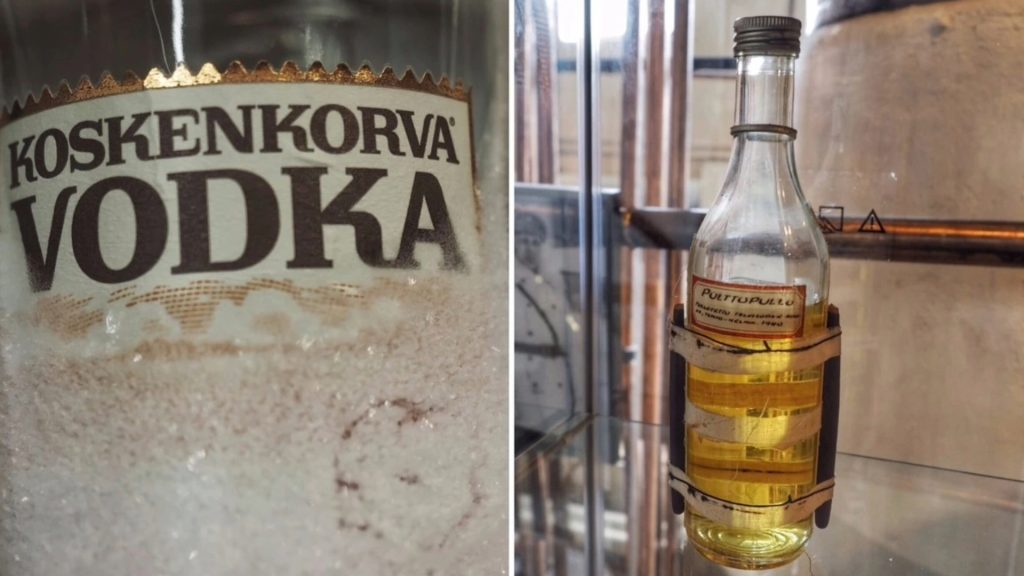
As he details in his book, five men and 87 women braved cold temperatures and long hours to make Molotov Cocktails for the Finnish resistance fighters. They were able to produce an impressive 542,194 of the bottle bombs.
Improving the Potency of the Bottle Bombs
As Trotter writes in his book, “The Finnish version was … powerful, consisting of a blend of gasoline, kerosene, tar, and chloride of potassium, ignited not by a dishrag but by an ampul of sulfuric acid taped to the bottle’s neck.”
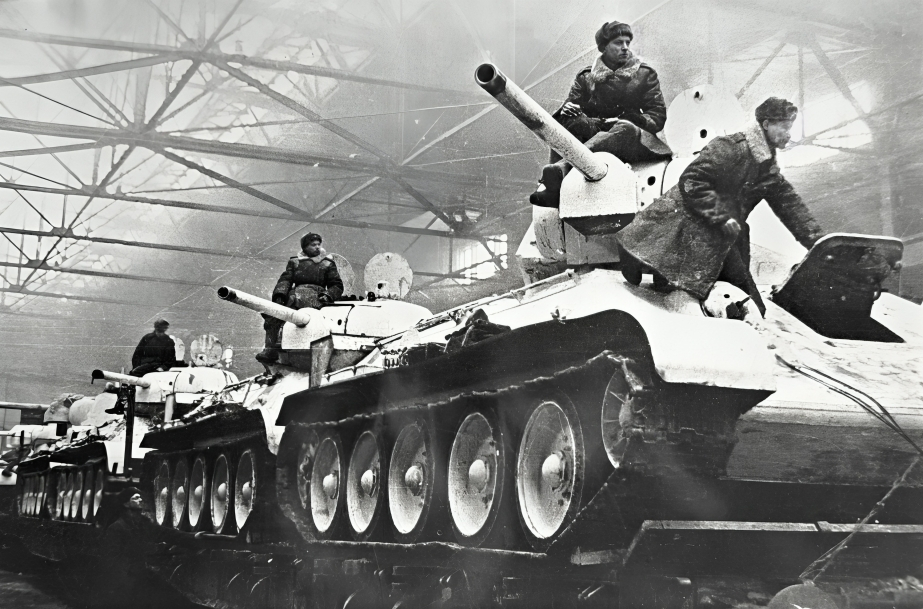
The end result was highly effective against the Soviet tanks. In fact, Trotter tells us in Frozen Hell, “their product is credited with destroying approximately 350 Soviet tanks and other vehicles.”
Bottle Bombs Before Molotov
Molotov cocktails may have gotten their catchy name during the Winter War of 1939, but these bottle bombs can be traced back at least a decade earlier. In 1922, the IRA, the Irish Republican Army, used glass bottles filled with petrol as firebombs.
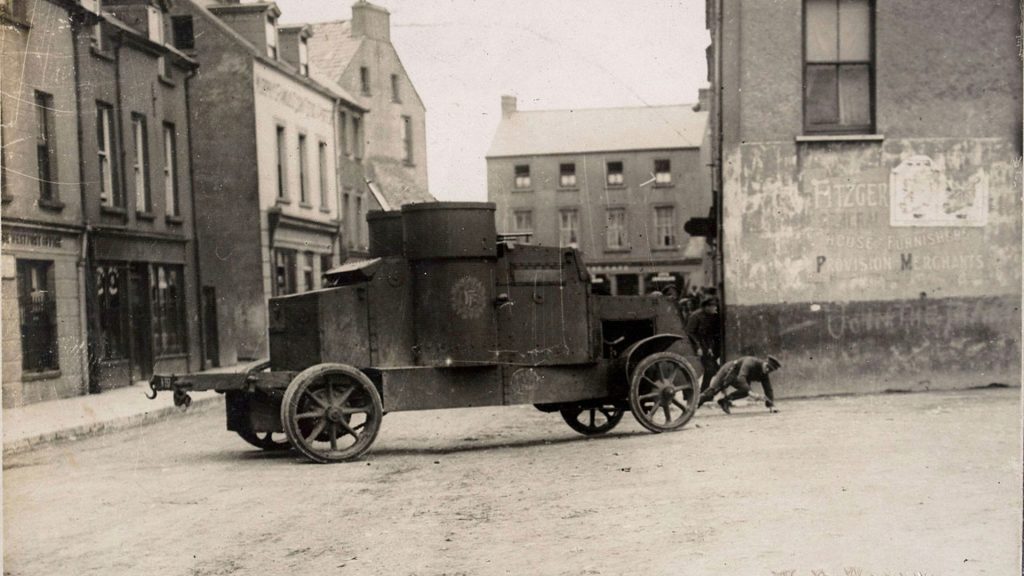
During that time, the IRA was involved in the Irish Civil War following the 1921 Anglo-Irish Treaty which split Ireland. The IRA fought guerrilla-style protests that included random attacks, ambushes, and bombings. Bottle bombs were an essential part of their arsenal, although they were not effective against armored cars.
Bottle Bombs in the Spanish Civil War
The Spanish Civil War, which was fought between 1936 and 1939, started when General Francisco Franco led an uprising in Spain. The conflict turned international. Both Nazi Germany and Fascist Italy backed Franco’s Nationalists. The Soviet Union supported the Republicans.
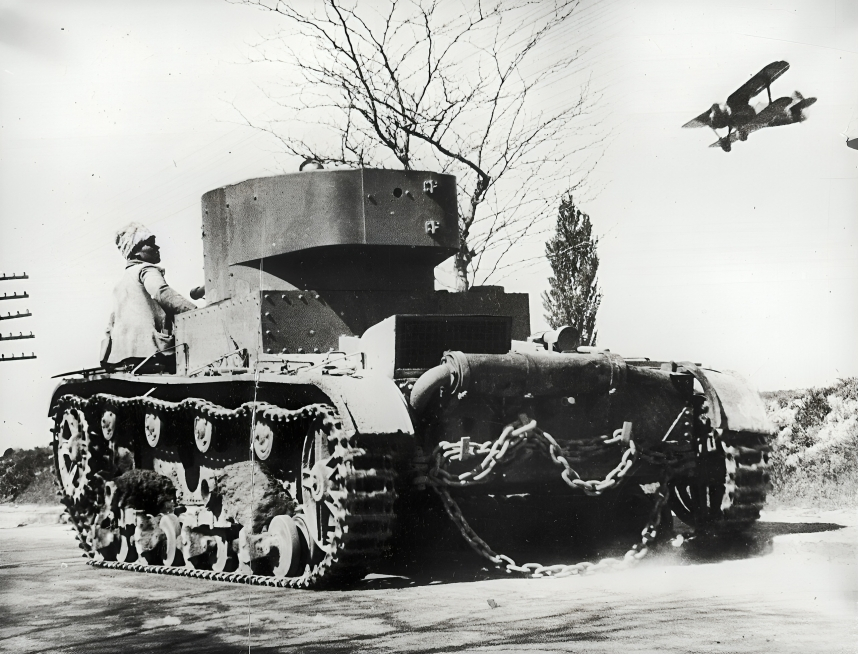
As fighting broke out, Franco supporters did their part to help the cause by making homemade bottle bombs. The bombs were lobbed at Soviet tanks to halt their advancement. The incendiary devices proved to be surprisingly effective against the armored tanks.
Molotov Cocktails in Hungary
Molotov Cocktails were also used against enemy tanks when the Soviet Union invaded Hungary in 1956. Following Joseph Stalin’s death, Hungary demanded freedom and political independence, however the Soviets worried that this would set a dangerous precedent and unravel the Eastern Bloc. On November 4, 1956, Soviet tanks invaded Hungary.
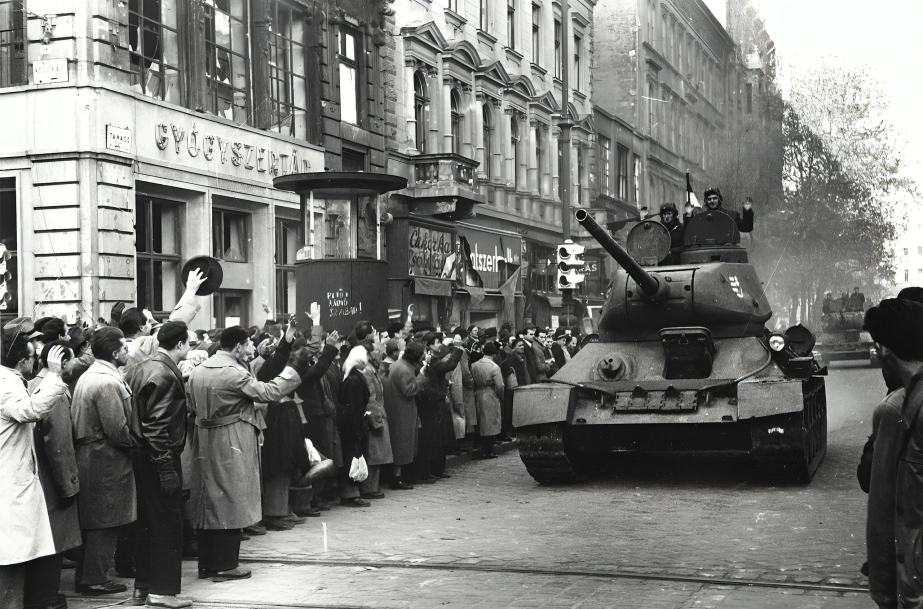
A member of Hungary’s military was quoted in The New York Times as saying, “As long as there are old bottles and gasoline supplies and rags to serve as fuses, no Russian tank will be safe in the streets.” He wasn’t wrong. Roughly 400 Soviet tanks were destroyed through the use of Molotov Cocktails.
Cracking the Tank
The United States military produced an army training film in 1943 called Crack That Tank. In it, soldiers are given instructions on how to best use Molotov Cocktails to disable Soviet tanks during World War II. The film demonstrated how this could be done.
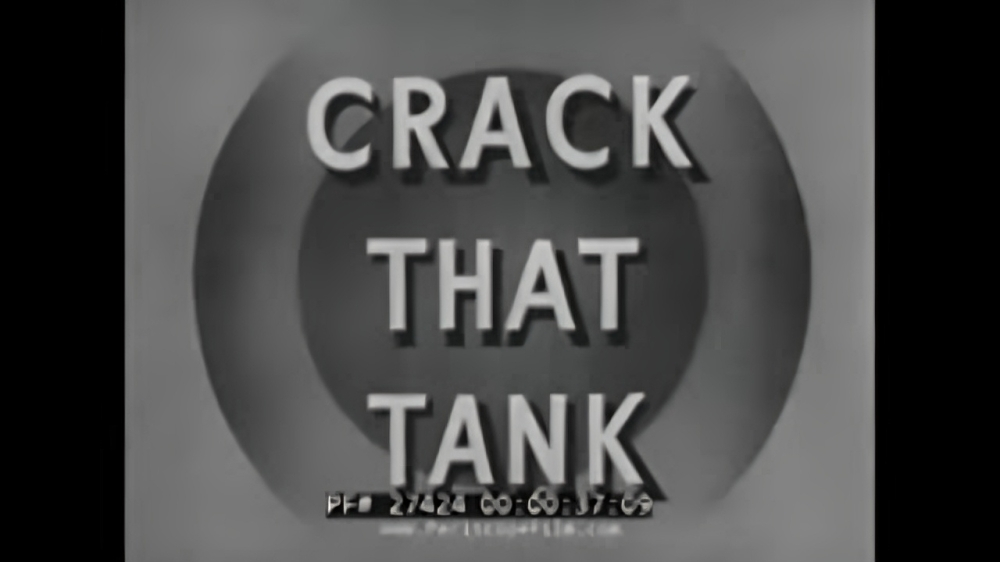
The narrator of Crack That Tank instructed troops to “Light the rag, heave the bottle so that it busts on top of the tank.” The narration continued, “The burning gas pours through cracks and crevices in the tank. Nine times out of ten, it’ll find oil or grease or more gas inside.”
The Brits Had a Step-By-Step Guide to Molotov Cocktails
Great Britain was on edge during World War II, bracing itself for a possible invasion by Nazi troops. In preparation, a man named Tom Wintringham, a veteran of the Spanish Civil War, published a how-to guide to making and using Molotov Cocktails in the magazine, Picture This.

Wintringham instructed, “Wait for the tank. When near enough, your pal lights the petrol-soaked corner of the blanket. Throw the bottle … as soon as this corner is flaring. See that it drops in front of the tank. The blanket should catch in the tracks or in the cog-wheel, or wind itself around an axle. The bottle will smash, but the petrol should soak the blanket well enough to make a really healthy fire.”
Molotov Cocktails Earned a Regional Nickname in the Ukraine
After the Russian invasion of Ukraine in 2022, instructions for making and using Molotov Cocktails were distributed to Ukrainian civilians by the country’s ministry of defense. In addition to gasoline, the recipe calls for using oil and polystyrene. It advises using a jumbo tampon as a fuse. The bottle bombs were nicknamed “Bandera Smoothies” after Stepan Andriyovych Bandera, a Ukrainian leader.
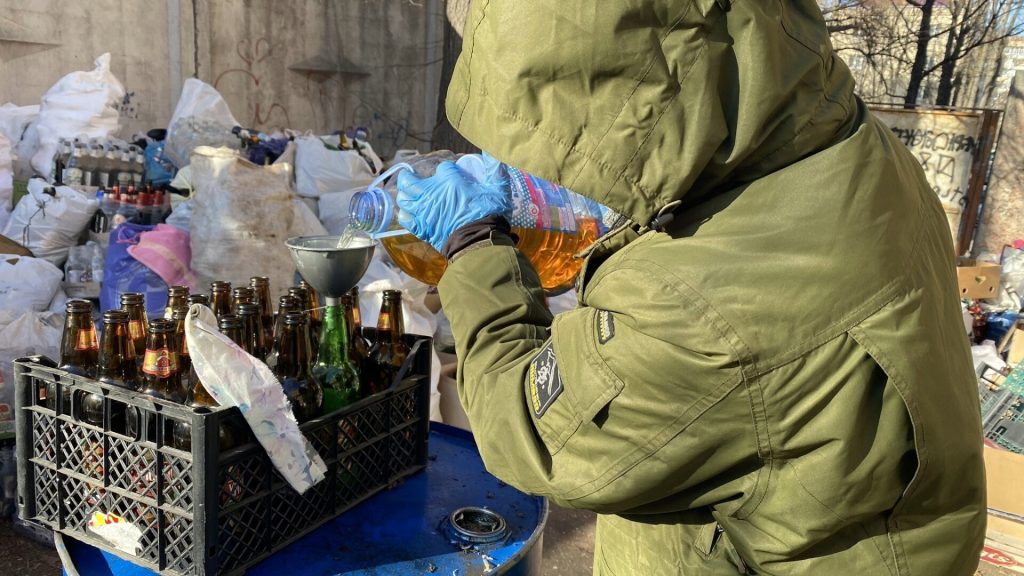
When the recipe for the Bandera Smoothies circulated on Twitter, Roskomnadzor, the government-controlled Russian media, successfully sued Twitter for its failure to remove instructions for making Molotov Cocktails. As a result, the social media platform was fined 3 million robles, or $41,000 in U.S. dollars.

